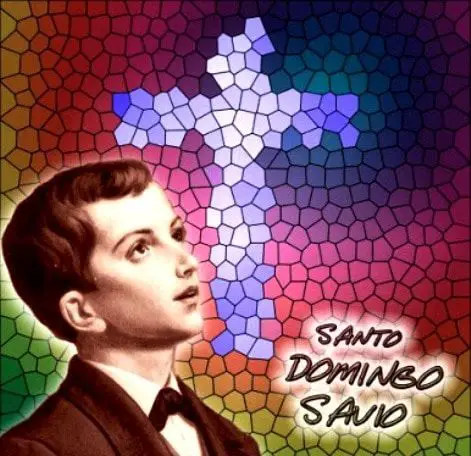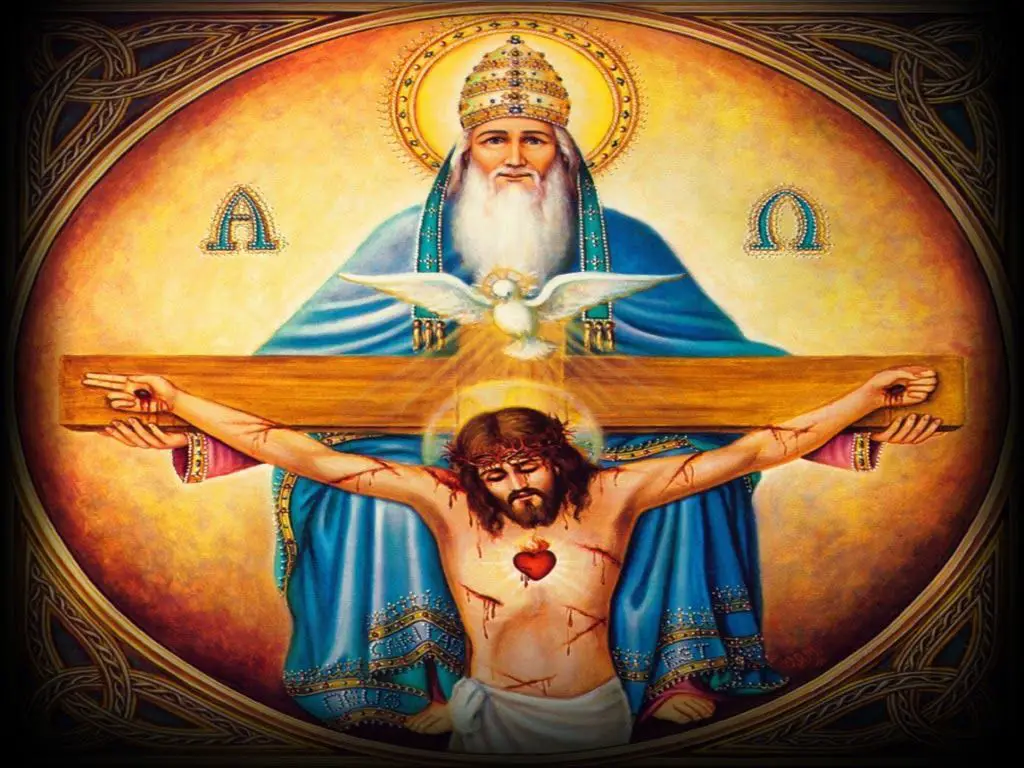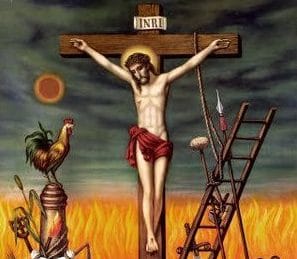In the rites of Taoism, there is the notion of bringing mandate and harmony to different levels of the universe. The cosmos as a whole, the world of nature, the universe or human society, and the inner world of human organisms. Taoist protocols include purification, reflection and offerings to the deities.
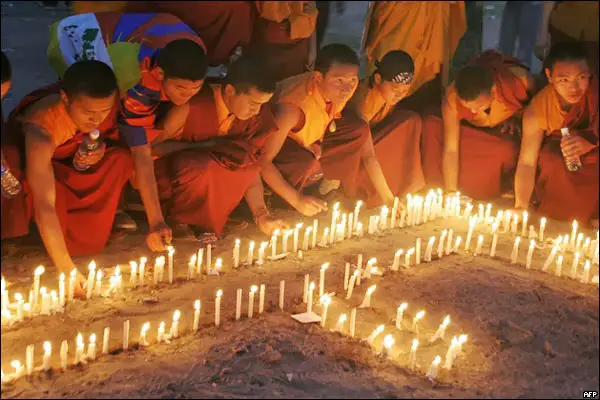
The details of Taoist rituals are often very complicated and technical, and are therefore left to the clergy, with a small role for the congregation. The rituals involve the priest and the congregation in singing, playing instruments, especially wind and percussion instruments, and dancing.
Taoist rituals
An important Taoist ritual is the chiao or jiao, an act of spatial renewal, which in turn is developed through various rituals. An abbreviated version of the chiao is a protocol in which each household in a village pledges an offering to local representatives. At the ceremony, a Taoist priest consecrates the offerings on behalf of the families, performs a ritual to restore order to the universe, and asks the gods to bring peace and prosperity to the village. Some of the rituals of Taoism include
Temple rituals:
Temple rituals are used to regulate ch’i and balance the flow of yin and yang for both organisms and the collective as a whole. Other rituals include prayers to various Taoist deities, reflection on talismans, and the recitation and chanting of supplications and texts (see article: Types of Buddhism).
Those who argue against ritual overlook the fact that they themselves perform small and special rituals as they go about their daily business. The truth is that rituals have a general place in the human psyche. You could say that it is the way people have rituals. Rituals are an inherent part of the human experience, part of the Tao of Love.
Discipline:
It is a stumbling block to say that the Tao is about independence. Freedom and discipline are two sides of the same coin. They complement each other in the interactions and dynamics of yin and yang. The Tao is known as a whole, not just from one side.
It is possible to practise behaviour in excess, which, according to the principle of weighting, is contrary to the Tao. Behaviour itself is a neutral quantity. It is the middle way between making improbable demands on oneself and indulging one’s whims. Discipline is therefore fully in keeping with the principle of serenity, and therefore with the Tao.
It is a common rule in the world that one’s achievements depend entirely on the degree to which one is disciplined, up to the immeasurable, but not beyond. It is the same in cultivation. Discipline leads to spiritual progress, which in turn leads to improvements in all aspects of life. This is why we consider that rituals are very meaningful, a safe and proven way of practising unchanging self-discipline (see article: Buddhism and Meditation).
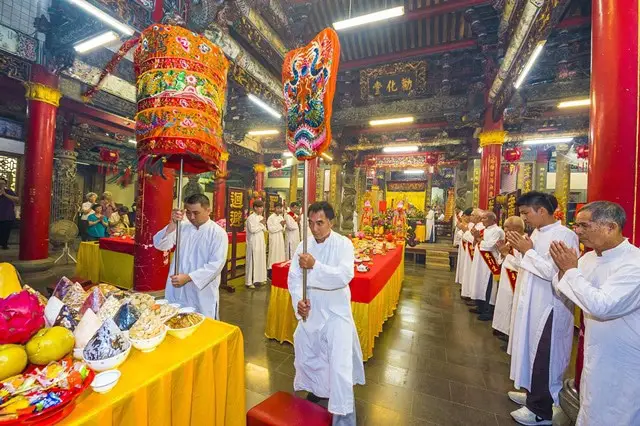
Meditation:
A Tao ritual is a performance of meditation in thought. This is different from recorded meditation where the body is kept as still as possible. In Tao, we realise that everything in the world is constantly changing, and yet it is possible to maintain peace of mind without caring about what is happening around us. The outline of the ritual reflects this insight. The body manages to go through a constant tilt, but the mind calms down, as if the muddy water gradually clears. This allows us to access an essential state of stillness and luminosity, a state that is not obscured by any chaotic external condition.
Gratitude:
The rituals of the Tao are not worship of deities, asking for ceremonies, health, prosperity or protection in return for offerings of good stewardship on their part. Those who cultivate thoroughly will automatically enjoy such favours as a natural result of cultivation. That is why in the protocols we do not ask for the good things in life. Instead, we attach ourselves with a hidden sense of appreciation for all the good things that have already come into our lives. When we form this, the power of gratitude elevates us to a whole new level of spiritualism.
Reflection:
Tao rituals are not a form of therapy where you manifest your sins and ask for forgiveness. This does not mean that we are unaware of the bad things we like to do. Rituals are a moment of deep admiration when we reflect on the past in order to learn from it. The heavenly beings in a Tao ritual play an important role in this process of reflection.
They symbolise virtues that we can cultivate and give us examples to follow. As we pay obeisance to each deity, we also formulate concrete questions: Have I dealt with others in an excellent way, as Guan Gong would? Have I treated people with the splendour of Maitreya Buddha? Did I help to save someone by showing the great compassion of Guan Yin Bodhisattva?
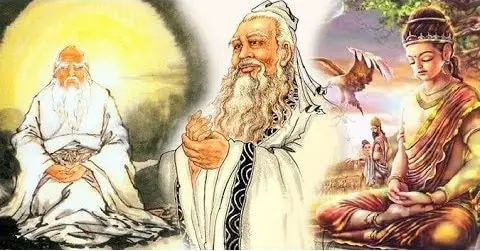
Awareness:
As well as reviewing the past, we also need to orient ourselves in the present when working with rituals. By centering ourselves, we are able to reconnect our divided minds into a coherent whole. We can then direct our attention to the here and now. We notice not only what is happening in this moment, but also the divinity, power and joy that is inherent in it. When we are fully present in this way, we can align ourselves with the Tao.
Humility:
Next, rituals are a crucial experience of humility. We can all agree that obedience is a defining characteristic of a great cultivator. We often talk about the danger of arrogance and the need to manipulate the ego. We pay a lot of attention to the virtue of obedience, and yet the questions remain: Are we able to be humble? Do our actions match our words?
The most important rituals
Rituals are an unpleasant experience for any spiritualist. Those who think they understand the Tao and yet dislike rituals do not know much about the Tao. They are bound to fail this test of satire. The Taoist festival calendar is an amalgam of sources and varies according to sect, region and shrine.
The most important festivals last for days, from two or three to seven or more. A two-day visit may involve fifteen different rites, each lasting from one to a few hours. Typically, each of these rites consists of the following stages: purification, invocation of the Almighty, prayers, consecration and offerings, hymns, dances and processions.
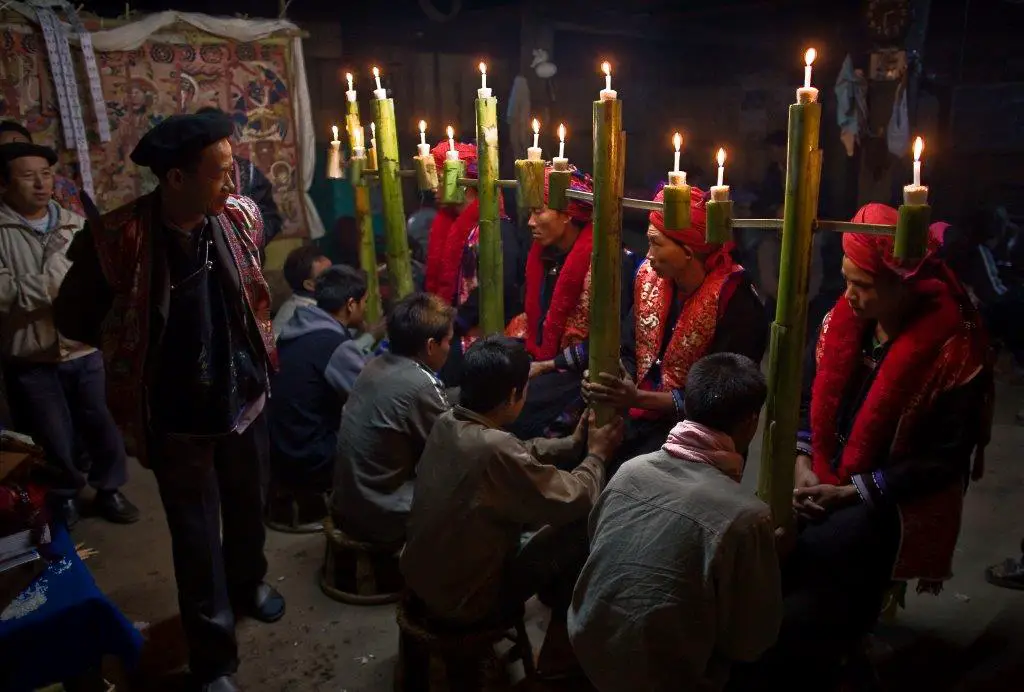
There are two main types of ritual: funeral rites or repeated rites on behalf of the ancestors, which are performed only by certain sects, sometimes in conjunction with Buddhist priests; and rites on behalf of local collectives. Both types include rites for the establishment of the ritual space, fasting rites, rites of relationship or offering, and rites for the expansion of the ritual space (see article: Buddhist Beliefs).
Collective rituals can involve tens or even hundreds of villages and take place every three, five or twelve years. They can be extremely expensive and are paid for by offerings from households and community leaders. Apart from the rites themselves, there are also plays, pilgrimages, military parades and communal meals. As for the performance of the rituals themselves, there can be no mistakes; no steps or pronunciations can be missed. Beginners in taoshi serve as musicians; more successful apprentices assist by lighting incense and declaiming certain passages.
At the heart of the ritual are five taoshi: a grand master and his four spectators. One of these spectators directs the intricate and complicated processions and dances, and is guaranteed to know the entire sequence of rites that grant the completed ritual. Another one arranges in advance all the lines with the divine bureaucracy that will be handled during the course of the completed ritual and recites all the petitions and consecrations, the texts of purgation, prominence and confession.
Much of the time the Grand Master is preparing for his role, mumbling occult formulae and performing mudras with his hands in his sleeves. Occasionally, he picks up the incense burner and holds it while inhaling and exhaling, facing in different directions, or burns talismanic emblems or preliminary documents. In the main, he performs inwardly the actions described in the texts that his assistant pronounces (see article: Buddhism in Japan).
At a certain moment he stands up and performs the dance of the stars, the Yu or Taiyi step. Then, exhausted, he falls into a fetal position with his arms and legs under his body, face to face, as he journeys inward to the Heavenly Assembly, the place of the Heavenly Worthy, accompanied by divine retinues, all defined in the recitation leading up to these actions.

